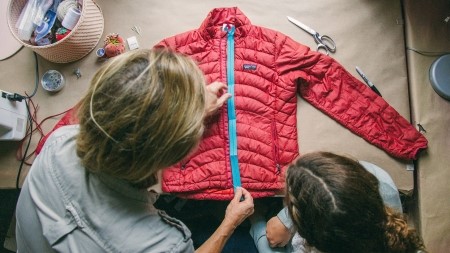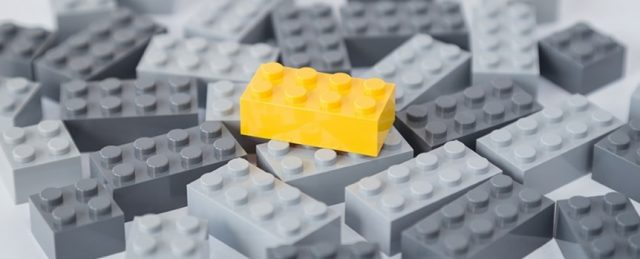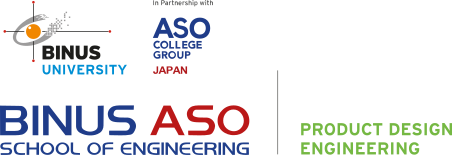Exploring Sustainability: Why Circular Design Is a Step Towards a Greener Future
Amid concerns about climate change and the need for more sustainable solutions, the concept of circular design is increasingly in the spotlight. Circular design is an approach that aims to produce goods and services while considering their entire lifecycle, from production to disposal, in a way that reduces waste and extends their lifespan. We can move towards a more sustainable and environmentally friendly economy through this approach.
What is Circular Design?
Circular design is a new paradigm in the world of design that views consumer goods as part of a cycle, rather than mere products with a lifecycle ending in disposal. This contrasts with the traditional linear model, known as 'take-make-dispose', which only considers production and consumption stages without regard to environmental impact.
Principles of Circular Design
- Design for Durability:
Design products with consideration for ease of repair, maintenance, and upgradability to extend their lifespan. - Use Circulating Materials:
Utilize recyclable or biodegradable materials to ensure they can be reintegrated into the economic cycle. - Circular Business Models:
The transition from linear business models to circular ones by considering service provision, leasing, or exchange systems extending product lifespans. - Environmental Considerations:
Account for the environmental impact from the beginning to the end of a product's lifecycle, including aspects such as energy use, emissions, and waste.
Benefits of Circular Design
- Waste Reduction:
By extending product lifespans and promoting recycling, circular design helps reduce waste generated by consumer societies. - Resource Efficiency:
By reconsidering existing materials and resources, circular design helps improve resource efficiency and reduce the need for unsustainable resource exploitation. - Business Innovation:
Circular business models encourage innovation in how we produce, distribute, and use goods, creating new opportunities for sustainable economic growth. - Economic Resilience:
By extending product lifespans and creating closer relationships between producers and consumers, circular design strengthens the sustainability of our economy.
Successful Examples of Circular Design
Patagonia:
This outdoor apparel company offers repair and replacement programs for its products, extending their lifespan and reducing textile waste.
Anna Pata gets a lesson from her mother, Erin, on how to replace the main zipper on a well-loved hand-me-down. There’s no better way to learn how to repair stuff than from folks who grew up doing it Photo: Donnie Hedden (Sumber: https://www.patagonia.com/stories/)
Photo: Donnie Hedden (Sumber: https://www.patagonia.com/stories/)
LEGO:
LEGO has invested in technology to recycle plastic from its old products into raw materials for new products, reducing the environmental impact of plastic waste.
 Photo: Tuomas A. Lehtinen/Getty Images (Sumber: https://www.patagonia.com/stories/)
Photo: Tuomas A. Lehtinen/Getty Images (Sumber: https://www.patagonia.com/stories/)
Circular design fundamentally changes how we perceive and use consumer goods. By adopting this approach, we can extend product lifespans, reduce waste, and strengthen the sustainability of our economy. This is a crucial step in our journey towards a greener and more sustainable future.
SDG 12: Konsumsi dan produksi yang bertanggung jawab.


Comments :